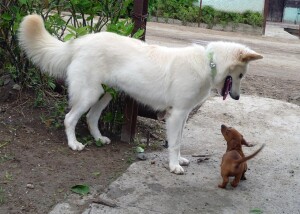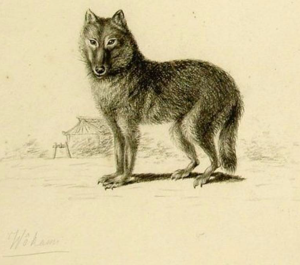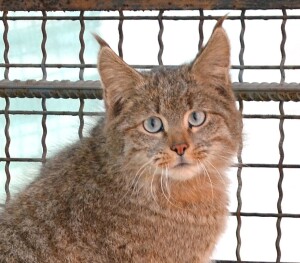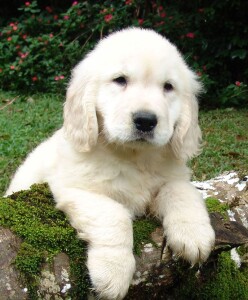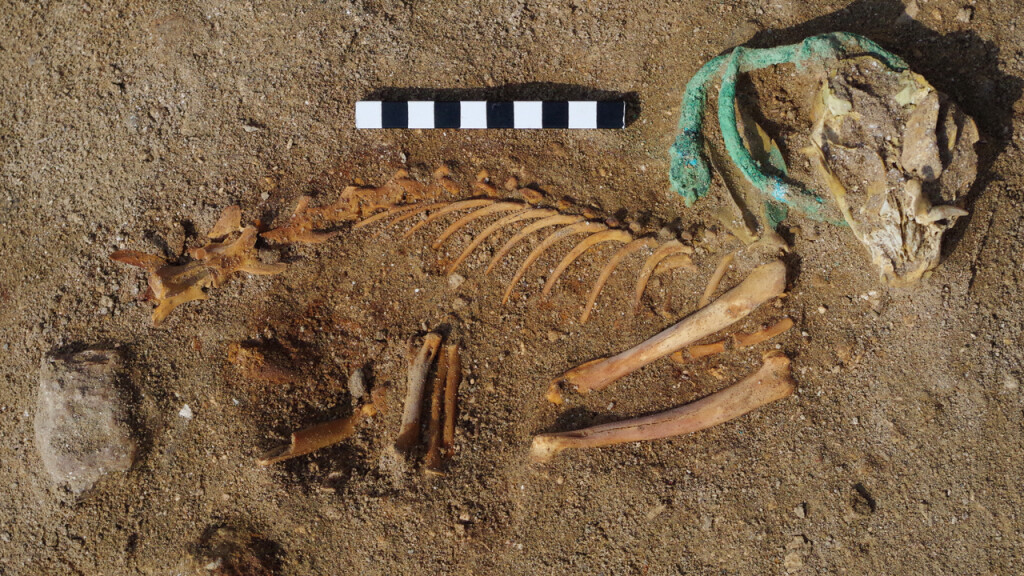About 10 years ago, I visited one of the most unique sanctuaries in North America. I was reporting for my book, Citizen Canine–specifically a chapter about how the wolf became the dog. Experts agree that gray wolves gave rise to today’s dogs, but just how this happened is a mystery. Equally enigmatic is how much dogs changed over the course of this transformation. Did the ability to obey commands and follow human pointing arise only in dogs, for exampel? Or were flickers of these abilities present in their wolf ancestors? Ditto for the incredible bond between dogs and humans. Were wolves also capable of such attachment?
I had come to Wolf Park to find out just how different these two animals are. The sanctuary, 70 miles northwest of Indiana, is one of the few places in the world you can get up close and personal with wolves. I was lucky enough to spend some time face-to-face with the animals. As I write in my book:
When I enter the park, I’m directed to a safety training seminar. That’s my first clue that I’m not dealing with a domesticated animal. The second is the chain-linked fence topped with razor wire that separates the wolves from everyone else. As I walk along a dirt path that leads from the visitor’s center to the beige bunkhouse where the safety briefing will be held, I catch my first glimpse of a wolf. There, on the other side of the fence, stands a small black female, her eyes glowing yellow, her ears on alert. She’s staring at me, and not in a way that makes me feel comfortable. Despite what I’ve heard about the similarities between wolves and dogs, there’s nothing dog-like about this animal. She’s cold, she’s tense, and she clearly doesn’t want me here.





